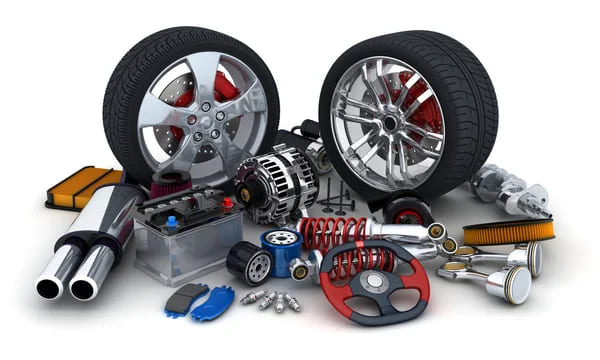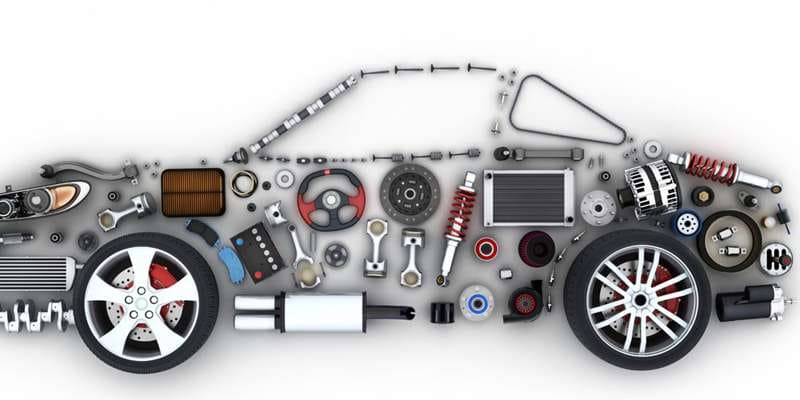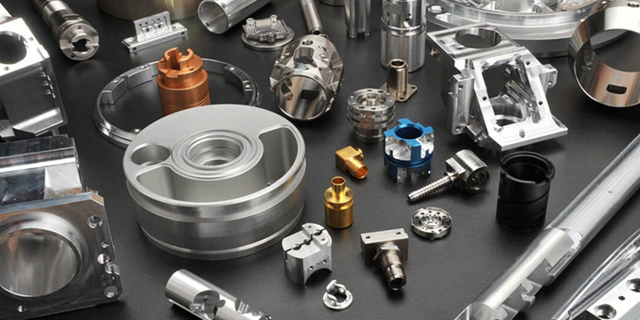Best Guide to Auto Parts Manufacturing
The advent of cars has changed people’s lifestyles, and the booming automotive industry is inseparable from advanced auto parts manufacturing. So, how has auto parts manufacturing developed? What impact has it had on the industry? Let’s take a deeper look.
1.Classification of auto parts manufacturing
Since the invention of the car, the automotive industry has made great progress, and the manufacturing process of auto parts has continued to evolve. Today, auto parts manufacturing is mainly divided into two categories: new parts and replacement parts.

2.New auto parts manufacturing
New auto parts manufacturing refers to the production of brand new auto parts. These parts are usually manufactured by original equipment manufacturers (OEMs), who work closely with automakers to ensure that the parts meet their specifications.
- Design stage: Engineers create detailed blueprints for each part.
- Prototyping and testing: Use blueprints to create prototypes and test their quality and performance.
- Mass production: Set up assembly lines and use special machines to manufacture parts. Common materials include steel, aluminum and plastic.
- Quality inspection and packaging: The parts are quality inspected, packaged and sent to automakers

3.Replacement auto parts manufacturing
Automotive replacement parts manufacturing focuses on producing parts for vehicles that are already on the road. These parts are often made by aftermarket manufacturers who specialize in producing high-quality, affordable replacements for OEM parts.
- Compatibility challenges: Ensuring compatibility with a wide range of vehicle makes and models requires a deep understanding of the automotive industry and the ability to adapt.
- Quality control: Investing in rigorous testing procedures to ensure that parts meet or exceed industry standards, including durability, performance, and compatibility testing.
4.Impact of technological advances
In recent years, technological advances have greatly impacted the automotive parts manufacturing industry.
- 3D printing: Manufacturing complex parts with complex designs, reducing components and assembly processes, shortening production time, and providing customized options.
- The rise of electric vehicles: Bringing new challenges and opportunities, requiring specialized parts, different manufacturing processes, and manufacturers need to adapt and invest in new technologies.

Summary
In short, the development of the automotive parts manufacturing industry is driven by technological advances and changes in industry needs. Whether it is new parts or replacement parts, manufacturers must continue to innovate to remain competitive. As the automotive industry continues to develop, the automotive parts manufacturing process will continue to evolve, providing solid support for the future development of the automotive industry. In this process, automotive parts manufacturing will always focus on key elements such as innovation, quality and adaptability to contribute to the prosperity of the automotive industry.
